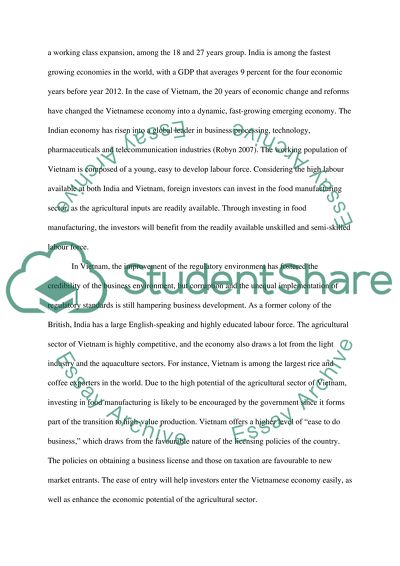Cite this document
(“Macroeconomic indicators of India and Vietnam Essay”, n.d.)
Retrieved from https://studentshare.org/macro-microeconomics/1472137-macroeconomic-indicators-of-india-and-vietnam
Retrieved from https://studentshare.org/macro-microeconomics/1472137-macroeconomic-indicators-of-india-and-vietnam
(Macroeconomic Indicators of India and Vietnam Essay)
https://studentshare.org/macro-microeconomics/1472137-macroeconomic-indicators-of-india-and-vietnam.
https://studentshare.org/macro-microeconomics/1472137-macroeconomic-indicators-of-india-and-vietnam.
“Macroeconomic Indicators of India and Vietnam Essay”, n.d. https://studentshare.org/macro-microeconomics/1472137-macroeconomic-indicators-of-india-and-vietnam.


